
Somewhere in the vibrant chaos of Tepito — one of Mexico City’s most notorious neighborhoods — there’s a quiet corner that draws people in like a spiritual magnet. Candles flicker, skulls glimmer in the dim light, and offerings of tequila, cigarettes, and candy pile up around a robed skeletal figure. This is La Santa Muerte, the “Saint of Death,” and she’s unlike anything you’ve seen in a Catholic church.
To the outside world, she’s controversial, even terrifying. But to her millions of devotees — ranging from street vendors and taxi drivers to prisoners and housewives — she’s a powerful, nonjudgmental protector. If you ever wondered what it’s like when death becomes a deity… welcome to one of Mexico’s most fascinating (and feared) folk traditions.
Who is La Santa Muerte?
Picture the Grim Reaper but dressed in a bride’s gown. Or sometimes a nun’s habit. Or shimmering golden robes. She carries a scythe and a globe, and she stares at you with hollow eyes that somehow feel… comforting. That’s La Santa Muerte.
Unlike most saints, she’s not recognized by the Catholic Church. In fact, they actively discourage her worship. But that hasn’t stopped her. Her following has grown dramatically in the past two decades, especially among those who feel rejected by mainstream religion — people on the margins, the forgotten, the criminal, and even the deeply faithful who seek fast miracles and brutal honesty.
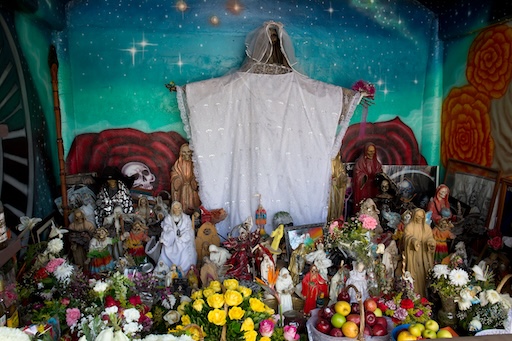
A Tradition Rooted in Both Death and Life
The roots of Santa Muerte run deep into Mexico’s soil, tangled between pre-Hispanic death deities like Mictecacihuatl (the Aztec goddess of the underworld) and colonial Catholic iconography. Over time, the two blended in the classic Mexican way — death became familiar, almost warm, something to dance with rather than run from.
She’s not just the lady of death; she’s the saint of justice, love, prosperity, health, and protection. Yes, she’s scary — but she doesn’t discriminate. Whether you’re a priest or a prisoner, if you ask her sincerely, she listens. That’s what makes her powerful. That’s what makes her dangerous.
Why So Many People Worship Her
Imagine you’re a single mom in a crime-ridden barrio. Or a migrant crossing treacherous borders. Or someone trying to get justice in a corrupt system. You pray to saints, but they don’t answer. The church turns a blind eye. But La Santa Muerte? She sees you. She understands you. She doesn’t ask you to be perfect. She only asks for faith — and maybe a candle or a cigar.
It’s no surprise she’s gained traction among the marginalized. She offers power when people feel powerless. She becomes a symbol of resistance, survival, and raw honesty in a world full of hypocrisy.
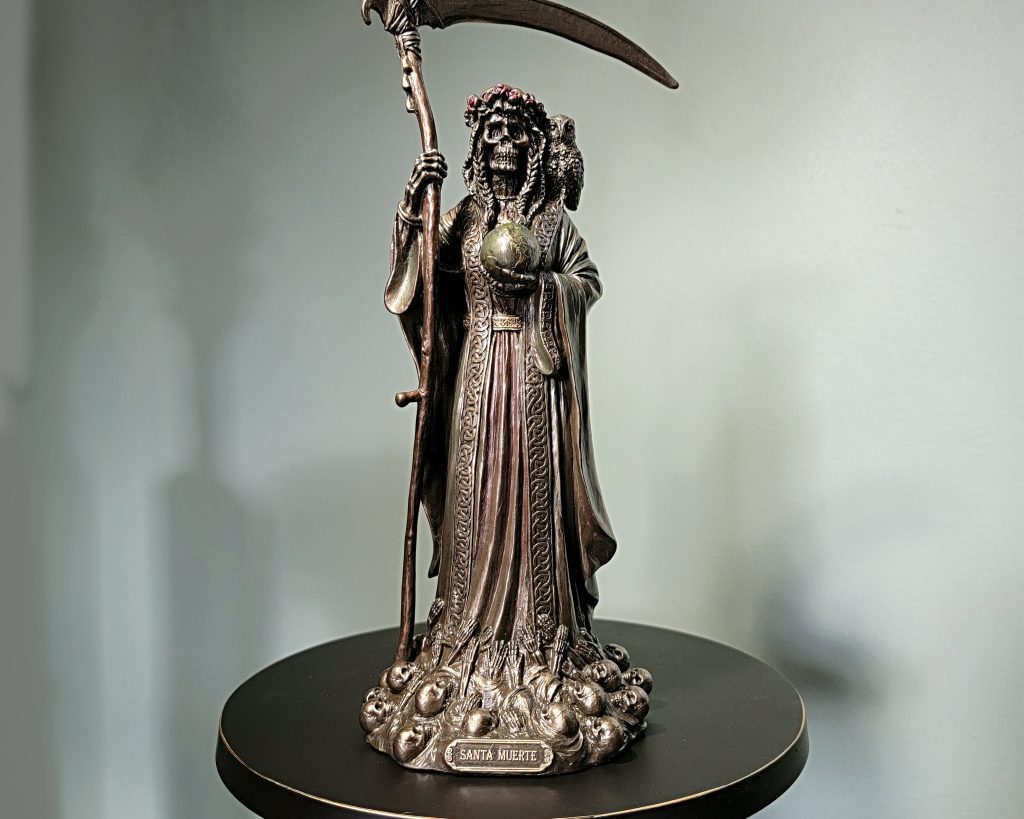
Inside the Shrines
One of the most iconic shrines is on Calle Alfarería in Tepito, run by Enriqueta Romero — a central figure in the Santa Muerte movement. Here, you’ll see giant statues draped in cloaks, surrounded by colorful candles and handwritten notes. Some people come barefoot. Some weep. Some laugh. And some just stare into the sockets of death herself, asking for love, money, or mercy.
There’s a rhythm here: prayer, candle-lighting, blessing. The smell of incense and rose petals. Occasionally, someone might leave a bullet, a wedding ring, or even a bag of drugs as an offering. It’s raw, unfiltered spirituality — equal parts beautiful and disturbing.
Not Without Controversy
Of course, not everyone is a fan. The Catholic Church has called her blasphemous. Some government officials associate her with narco-culture and criminality. And it's true that some criminals do invoke her, sometimes even tattooing her image on their skin as a kind of spiritual shield. But reducing her to just a "narco saint" misses the point — she’s far more complex, and her devotees come from all walks of life.
Like all powerful symbols, Santa Muerte means different things to different people. To some, she’s salvation. To others, she’s a threat. To us? She’s a window into the soul of a culture that dares to look death in the face and say, “Okay, let’s talk.” It’s the same spirit you’ll find during The Day of the Dead, when families gather to celebrate both memory and mortality. Some even take it further, like Mixquic’s cemetery sleepovers, spending the night among gravestones and candles.
Want to Visit?
If you’re brave enough (and respectful), visiting a Santa Muerte shrine can be an unforgettable experience. Bring a candle, stay quiet, and observe. Don’t treat it like a tourist attraction — this is sacred ground for many. And you might just feel something shift inside you. That’s the magic. Or maybe… that’s the mystery of death, gently whispering hello.
Final Thoughts
In a world obsessed with avoiding death, La Santa Muerte reminds us that death isn’t the end — it’s part of the story. And in Mexico, that story is rich, vibrant, and often, unapologetically strange. Whether you believe in her or not, there’s no denying the power she holds. A folk saint of contradictions. A skeleton wrapped in love and fear. The protector of the forgotten, the rebel saint. La Santa Muerte.
Share this story and inspire others.
Tags: La Santa Muerte, Mexico Death Saint, folk religion, Mexican traditions, unusual cultures, Santa Muerte shrine, spiritual Mexico
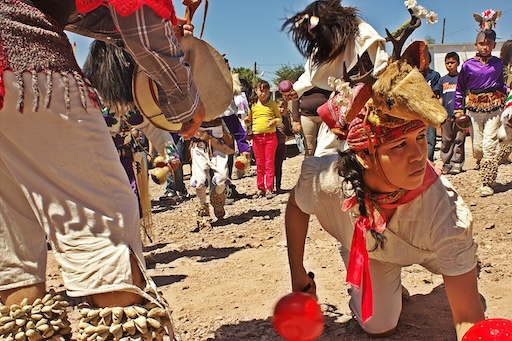 La Danza del Venado – The Sacred Deer Dance of the Yaqui People
La Danza del Venado – The Sacred Deer Dance of the Yaqui People
 Tarahumara Rarámuri – The Ultramarathon Runners of the Sierra
Tarahumara Rarámuri – The Ultramarathon Runners of the Sierra
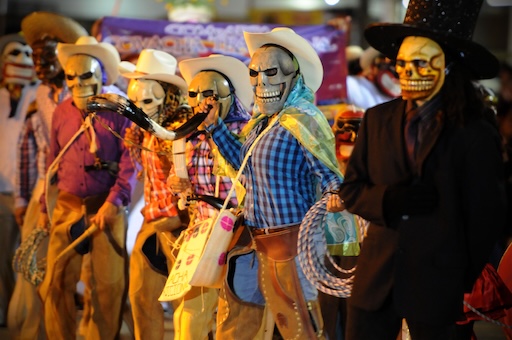 Xantolo – The Huasteca’s Version of Day of the Dead with Masks and Dances
Xantolo – The Huasteca’s Version of Day of the Dead with Masks and Dances
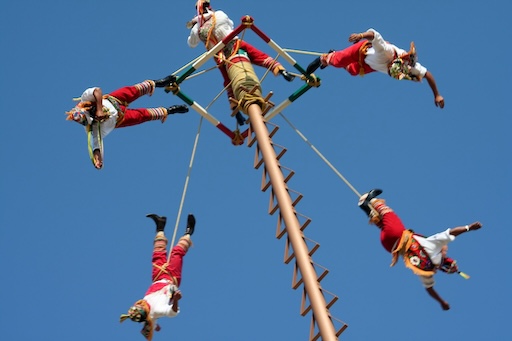 Voladores de Papantla – Men Who Fly from Poles
Voladores de Papantla – Men Who Fly from Poles
 Cenote Sagrado – Sacred Sinkhole of the Maya
Cenote Sagrado – Sacred Sinkhole of the Maya
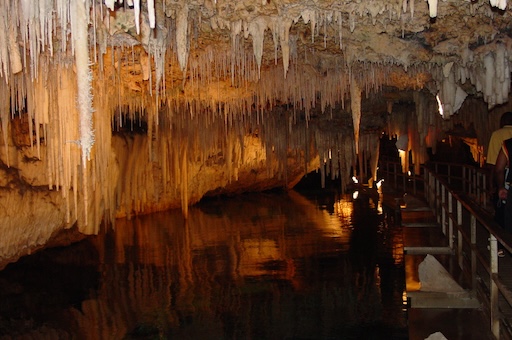 Cueva de los Cristales – Mexico’s Giant Crystal Cave
Cueva de los Cristales – Mexico’s Giant Crystal Cave